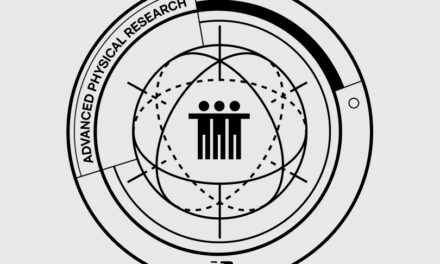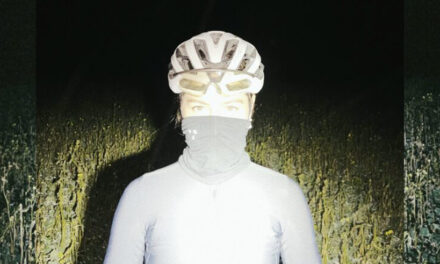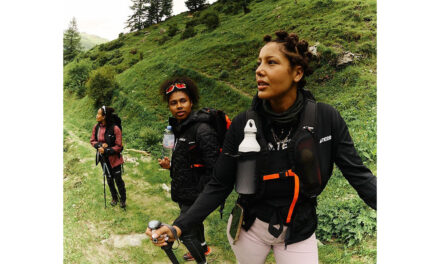LAL Tessarini on 0.5 AEON
Luca Andrea Lino Tessarini was born in 1992 in Basel, Switzerland. He received his first ballet lessons at the Theater Basel, and went to the John Cranko School in Stuttgart at the age of 13, where he completed his basic training. After that, he studied at the Mannheim University of Music and Performing Arts and received a guest contract with the Badisches Staatstheater Karlsruhe. After completing his Master of Arts/Dance he got a permanent engagement at the Bundesjugendballett in 2013/14. Just one year later, he danced with John Neumeier at the Hamburg Ballet. Since the 2016/2017 season, Luca is a permanent member of the Nederlands Dans Theater. He has also worked as a freelance choreographer for several years, in Hamburg and The Hague.
Talking to Luca, you can feel his passion, his drive and his energy. Providing insight into his thought process and how his creations come to life, Luca’s collaborative spirit when creating a piece is a true inspiration and shows, what creative minds from different disciplines can build together.
We met Luca one week in advance of his premiere of 0.5 AEON at DE SCHOOL in Amsterdam, featuring dancers from NDT (Nederlands Dans Theater) who are exploring the timeless connection between human creativity and nature’s enduring presence. Luca speaks openly about his work as a dance choreographer or, as he calls himself, a concept director, he explains what dancing means to him and gives insight into his creative process.
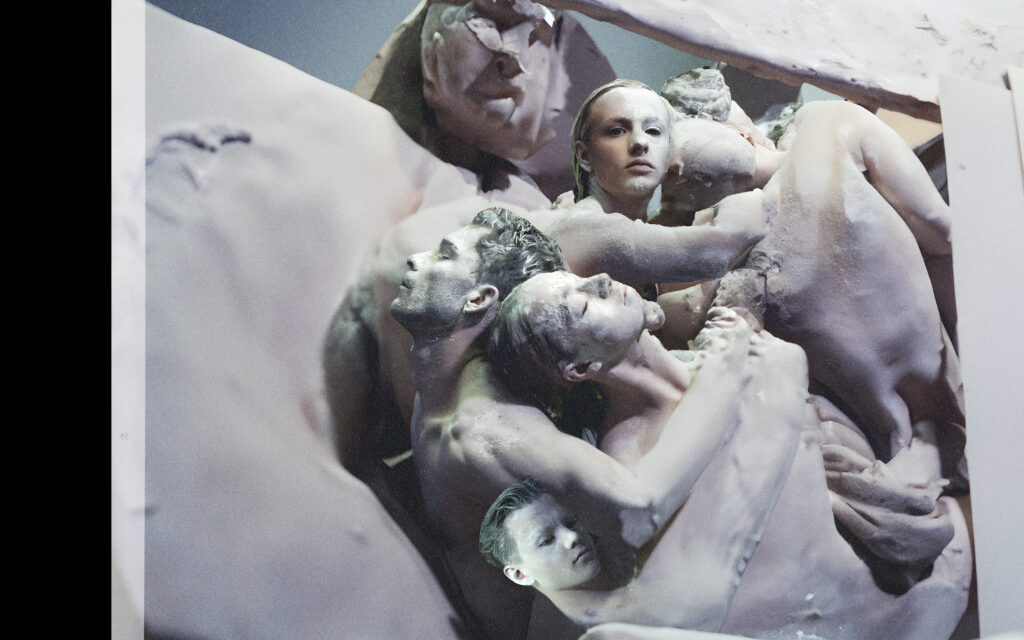
Hey Luca, could you please introduce yourself and what you do.
Hi my name is Luca Andrea Lino Tessarini and I’m a contemporary dancer with Nederlands Dans Theater 1 in The Hague for the past almost eight years now. I’ve been classically trained in a bunch of ballet schools in Germany – the John Cranko School in Stuttgart, at the University for Performing Arts in Mannheim and Hamburg Ballet. Also, I choreographed myself for a couple of years now. Besides that, I teach workshops in the contemporary dance scene, whether it’s improvisation or guidance workshops for young professionals.
For the people out there that don’t really know much about the world of dance, how would you describe contemporary dance compared to classical ballet?
Most likely I’ll have to speak for myself on this: Every individual you would ask this question would probably give a different answer. In my opinion, classical ballet is characterized by formalized movements and positions. It lives by the book, so to say. It’s traditional, it’s the old that’s been brought into the future and kept with the times.
Contemporary dance, on the other hand, I believe to be based on innovation and creation itself. Where classical ballet forms itself with strict techniques, contemporary dance pieces you might have seen are a mix of a bit of everything. They are opinions. I think that classical ballet is writing on the computer and printing it out and contemporary dance is something handwritten.
When you and I write something by hand, it will say the same thing but look completely different as our handwriting is completely different.
This freedom you are speaking of, is that one of the reasons why you transitioned from classical ballet into contemporary dance?
Definitely. One of the reasons for sure. I’ve always been a bit of a rebellious guy, especially when I was a little kid in ballet schools. It’s always been a dream of mine to become a professional ballet dancer. I wanted to move myself up the ranks and I was a really hard worker, but I got to a point in my late teens where I felt like I was kept in a box.
Based on my personality and my character back then, this “gentle rebellion” started to want more. I almost got to a greedy point. Classical ballet couldn’t give me anything else, so I had to expand my horizon and tried to look at dance from a different perspective. Moving to the contemporary dance scene has given me the opportunity to innovate and recreate myself. To mold myself really and not having to move a certain way because somebody else tells me to.
Even though there are some sort of rules and techniques for contemporary dance, it is not as set as ballet.That was definitely one of the big reasons why I wanted to explore something new and move within that.
How would you describe the community, especially in contemporary dance?
Generally, I wouldn’t be able to make any big distinctions between the ballet and contemporary community. I think it’s a very individual feeling. I’ve been very independent very early on in my career, I moved out from home at the age of 12 and lived in a boarding school to chase my classical ballet dream in Germany. (laughs)
Both communities have different focuses – but they share the same core, which is dance. I think it really comes down to your personal wishes and desires, how you use those communities Whether it’s in your professional or private life.
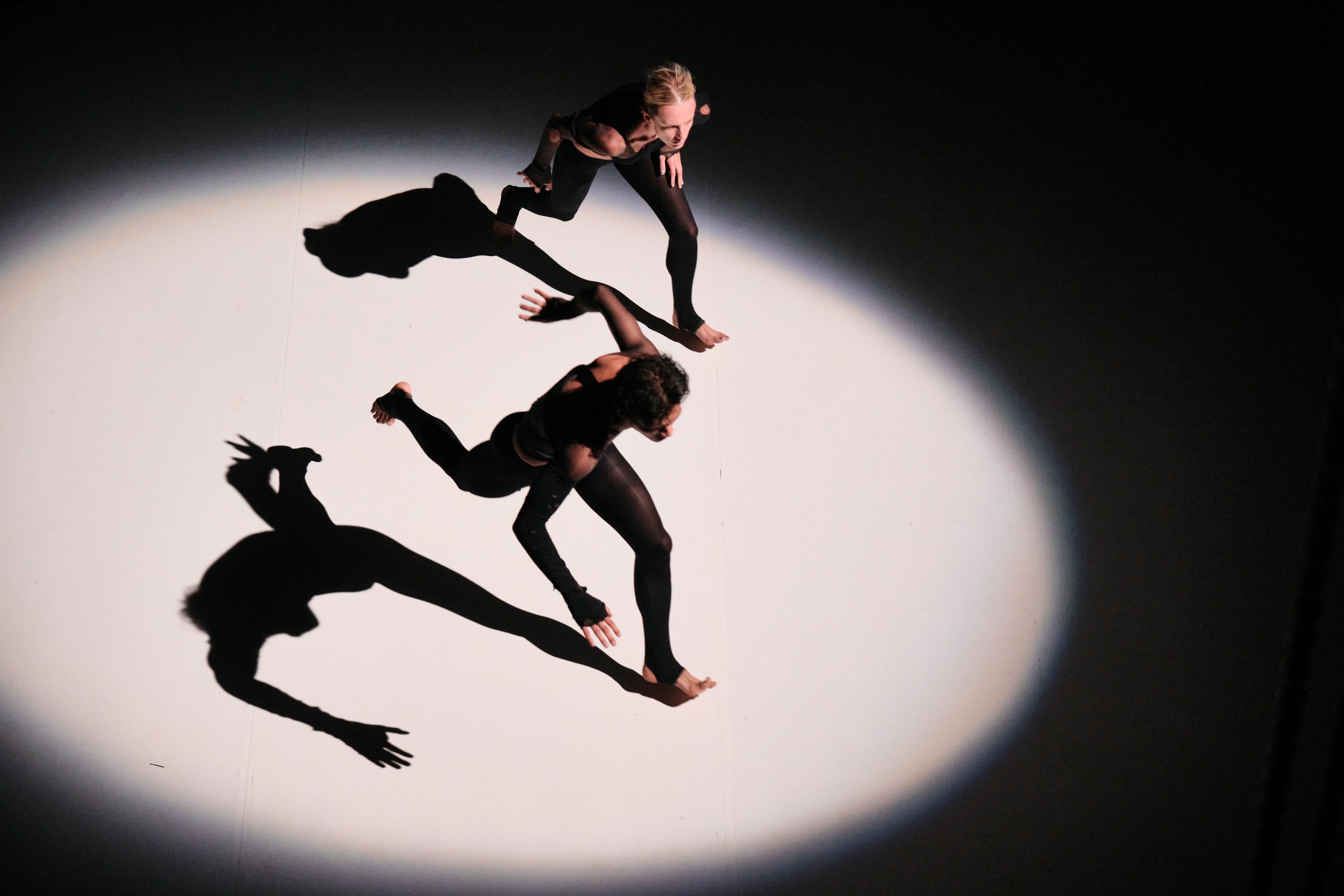
You have danced on stages all over the world from Japan to France, the USA and Canada, all the way to the country you call home, Switzerland, where you weren’t only dancing on stage, but also choreographing pieces for the ORIGEN FESTIVAL CULTURAL for many years now.
Your latest work, AEON, premiered in July 2023. How do you switch your mindset from being a dancer to a choreographer and what do you look for when you create?
To simplify this thought, I would say that the biggest difference between being a dancer and a choreographer is: Being a dancer you are following. Whether that’s a dance routine or a sequence that somebody else created. Of course you also create yourself whenever you create a new piece with a choreographer but if you learn existing works, you usually follow.
When you choreograph yourself, you nurture yourself with innovating or creating sections yourself, with people together sometimes. Therefore you lead more than you follow, when choreographing.
You are translating what’s in your head into its’ physical form.
I dare to say that the biggest difference between being a dancer and being a choreographer is that a dancer follows and a choreographer leads. That’s how I like to think of myself at least when I am creating, since the responsibilities shift.
Even as a dancer you might lead, depending on the process you are in. The same goes for being a choreographer – you might also follow at times by letting your dancers create certain sections of dance, by letting them give you what they want to express. But at the end of the day, as the choreographer, you have to make the final decisions for it to find form – or a final form so to say.
And that mindset switch, is that something that comes easy to you?
Easy is relative. (laughs) I still see both positions so alike – not only because I am still an active dancer myself. Whether it’s performing in my own works or performing in other people’s works or not at all. It’s a 50/50 situation: I can still put myself into the position of being that active dancer. But in most recent years, I’ve been trying to put myself more into the position of being the choreographer, so the other side of the studio or the brain, so to say.
I think I haven’t really gotten down to completely compartmentalizing both because they are still so connected to one another in my personal opinion. Like I said earlier, it’s a shift of responsibilities that are very apparent to me, the leading and following roles.
As you already mentioned, your latest work is called AEON. What is the story behind this piece?
With AEON I wanted to tap into – as the word says – the idea of an indefinite period of time. It’s basically a „forever“ – you don’t know when it started or when it will end. I guess this is quite an abstract concept, especially if the physical form of the piece is compared to my thoughts.
There is an interesting correlation between the images in my head and what the dancers created with those. Rather than AEON being only a title to the work, it’s an inspiration for the work – as much as to the final form of the work.
I always like to believe – or convince myself to believe (laughs) – during the creation and even the performances, that it’s part of the inevitable and the unconscious moment of not knowing when it is ending. Whether it’s a bit of a risk or a bit of a desire, that I hope it never ends and never finishes.
Ultimately, it was a play of words: Obviously a dance piece ends. You show up to the theatre, you watch the piece and you leave. Very similar for the dancers: You wait for stage time, you get on stage, perform, the curtain goes down and the piece is finished. So it’s a quite obvious paradox to call this piece AEON. But I think what carries more weight, is the fact that within us, as dancers and choreographers, it lives on. It’s not just those nights that the work is being performed, but we carry it much further. It’s almost like a toolset that you get to keep nurturing. So I would say this was one of many reasons I wanted to call this piece AEON.
Even though I’ve choreographed multiple pieces already, I like to believe that I’m still in my early stages of choreographing works. All these works that I create now are hopefully and probably are going to make or break me one day. They put something into my backpack that I will carry into my next creations and that’s where I think that the title found its inspiration.
Also, there is clearly a read threat in your pieces. Especially in the last two years you’ve worked with strong visual statements in the form of ‘installations’ on stage.
What makes you go for these strong visual statements and how do these support your intentions within your creations?
I believe that it has a lot to do with the fact that my confidence in simply choreographing is not high enough to believe that I can bring my message across with only dance. Therefore, it’s almost an invitation for the audience, it’s like a hint that shows what we’re talking about. But it’s for myself also, I’m really interested in that. I don’t believe in creating a work and putting it into a place. I believe much more into creating an entire world, an entire atmosphere. I don’t believe in interiors of the room, but I want to believe that I create the room itself. Whether it’s the walls, the floor, the ceiling, what’s inside or outside the room, what’s facing the room or what the room is surrounded by. My hunger for more, my greedyness – positive greedyness because I’m uneasily satisfied. I don’t believe in ‘Less is More’, sometimes I believe ‘More is More’. These installations that I like to incorporate are really just images. Images that are in my brain, in my thought processes, my initial points of creating the works. Maybe a metaphor for that is, that you can’t create the second floor to a building unless you have the ground floor, or the basement even. I see my choreographic skills and my dance pieces as the ground floor, as an addition to what has already been made. And that comes with many things, it comes with the music, with the stage set, it comes with the people and the surroundings, with the personalities that are involved in the pieces. I think it’s a broad interest of mine to work with different voices and aspects to everything that can make a dance piece.
Is that also the reason why you always incorporate artists from different disciplines into your works?
Yes, absolutely. I’m super curios to what other voices and what other brains can bring into a body of work. Ultimately, I believe they’re all benefits to some sort, as if it was a panel talk. There’s a bunch of people sitting around a table that they want to decorate. Of course I could do it myself – put this to a dance piece – of course I could make my own music and my own costumes, but if I bring in people who are specialised in these lines of work, they will enrichen the bigger picture of it all and that’s the most exciting point about creating. All these different opinions and expertises come together and create a body of work. That’s why I never really like to be called a ‘choreographer’ because it puts me on top of the pyramid, but I almost think of myself as a ‘concept director’. When push comes to shove, there is always one person that has to make decisions, otherwise it may turn into a big mess. But that’s why these works are not mine, they’re ours. They’re part of the people that are dancing, they’re part of the people that make the sounds, the stage set, the visual works, the costumes, the lights. This entire room, everybody who’s been involved in that. I like to think of myself as somebody who comes with a frame and a blank canvas and I have all these people, whether it’s writing, painting or drawing, adding something onto to the canvas. At the end of it, if you’d hang it into a museum, they would say this is Luca’s work, but this work only came to live because of all the people involved in it. And that is the most exciting part. A creation is a body of work that has been formalised by multiple opinions and personalities, by characters and languages.
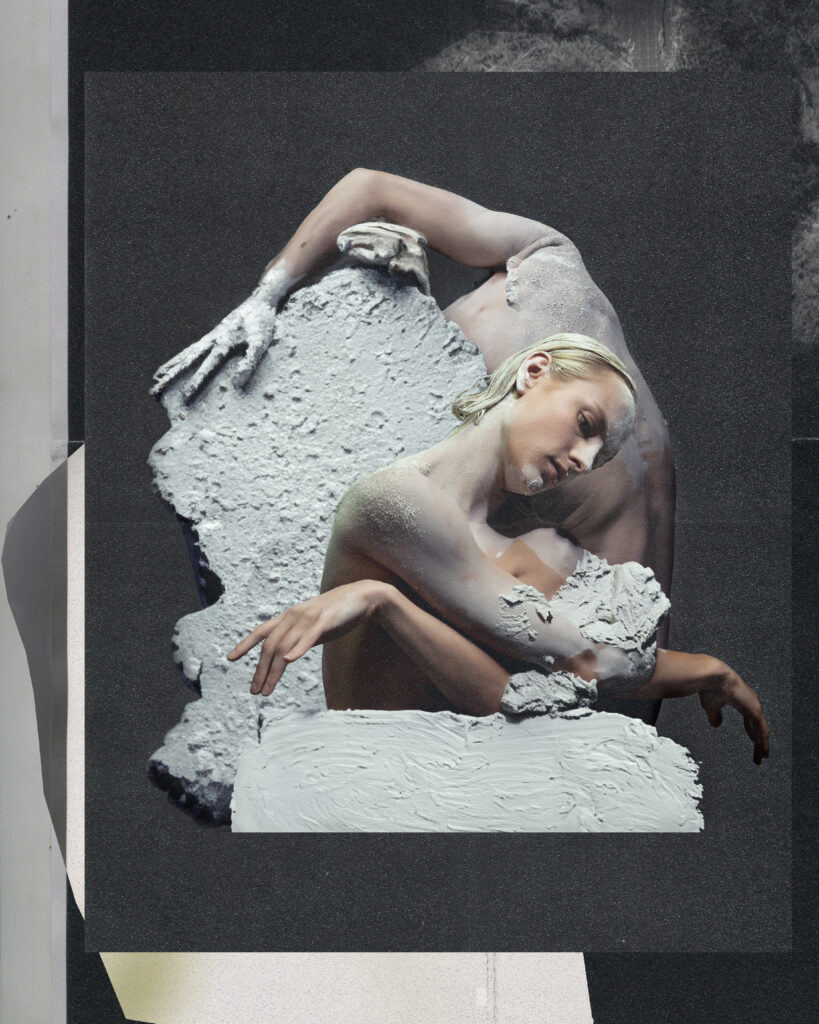
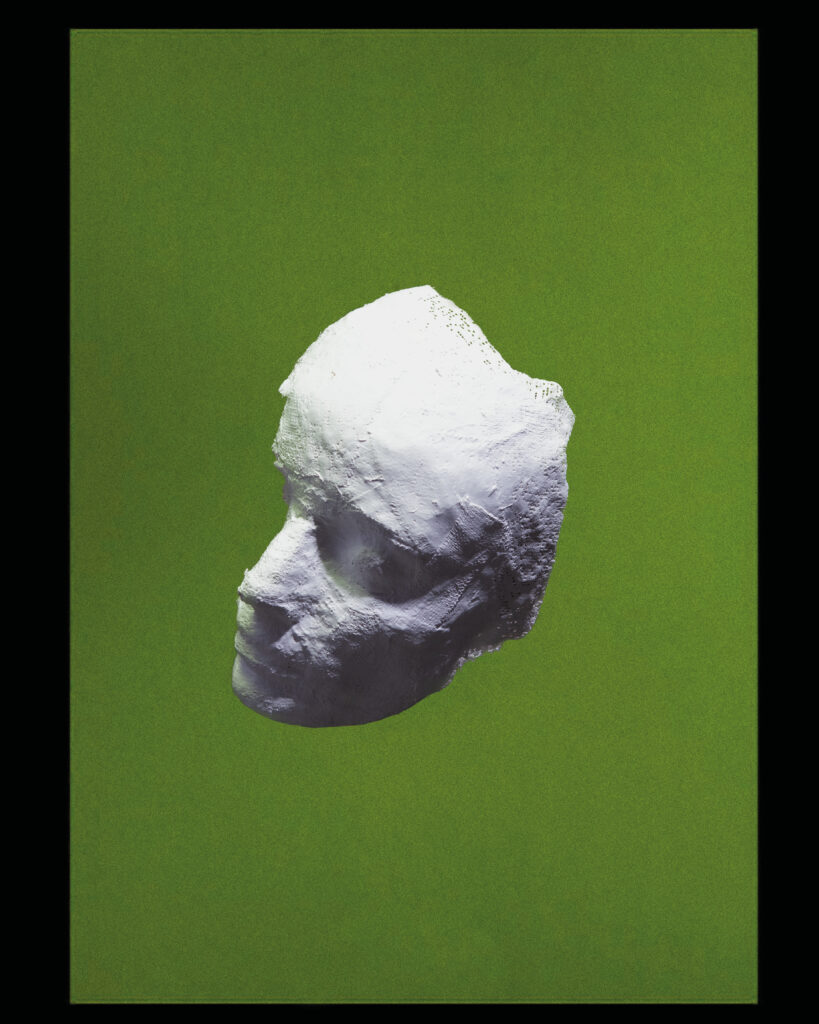
For a new rendition of AEON, to be held at DE SCHOOL in Amsterdam, you are recreating this piece. How did this idea come about and what challenges or opportunities lie within this new rendition?
The title itself is 0.5 AEON, which in my head is a little joke. It started off with that before I even knew that the cast was only half. It’s a paradox. There is no half indefinite period of time. There is either an indefinite period of time or there is a definite period of time, there is no half in between that. That was more like a little paradox, that I wanted to play with. The funny fact about it was that because of the time management of all the other artists who were part of the original AEON, we would have to downsize from six performers to only three and that was added to the title. But really, as sad as it sounds, it had to do with time management.
So, DE SCHOOL is originally a club space. How did you adjust the piece, being originally created for the tower at Julierpass, to a club space? Does it change anything about the piece?
Ultimately about the piece it doesn’t change, no. The narrative stays the same. The intentions are the same. But again, it’s this room that you want to create. Virgil Abloh once said that he was holding a candle in a tin can that was kind of dented on the side, it was somehow trashy. He said that if he had put this into a garage, it would look like trash. If he would put it into a museum, it would look like an unpriceable piece of art. That’s a very clear metaphor to point out that it really is important where you put things and where you see them. How as a spectator the surrounding can alter your expectation or even your opinion about something you see. I think the most exciting fact about 0.5 AEON coming to a techno club is that contemporary dance is now in a techno club space. It’s like a middle-finger action. The contrast can speak for it, but it can also break it. But I like to believe, that that’s exactly what’s going to make the piece. This candle in a tin can stands in a museum and is worth billions, but if it was in a garage somebody would probably throw it away. This contradiction can really speak for it and that’s the part that I’m most excited about. I want to incorporate club culture, techno culture and hommage it. I don’t want to neglect and ignore the surroundings, that we’ll be performing in. It’s an enhancement, it’s a benefit to work with what you have. If you do that intentionally, it will always find meaning.
As my last question, maybe even with a short answer: Why do you dance?
(Laughs) Because I can’t do anything else.

Photography by Martijn Mendel & Admil Kuyler

